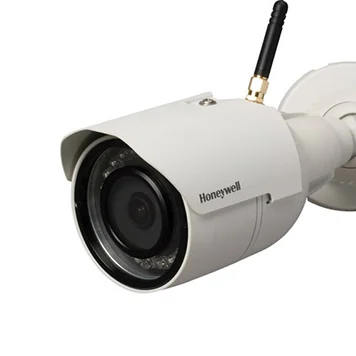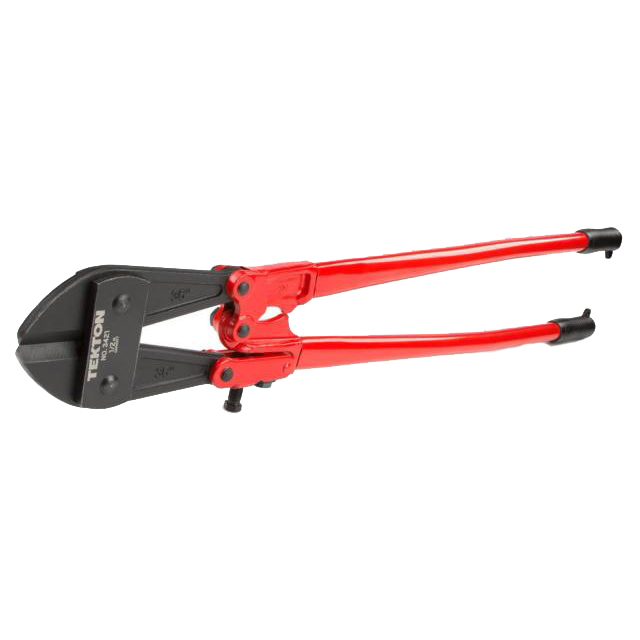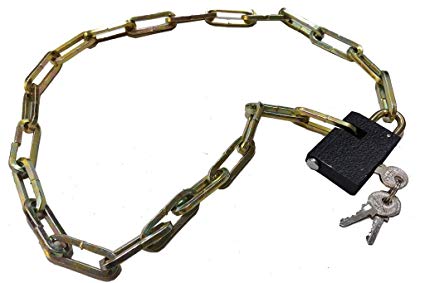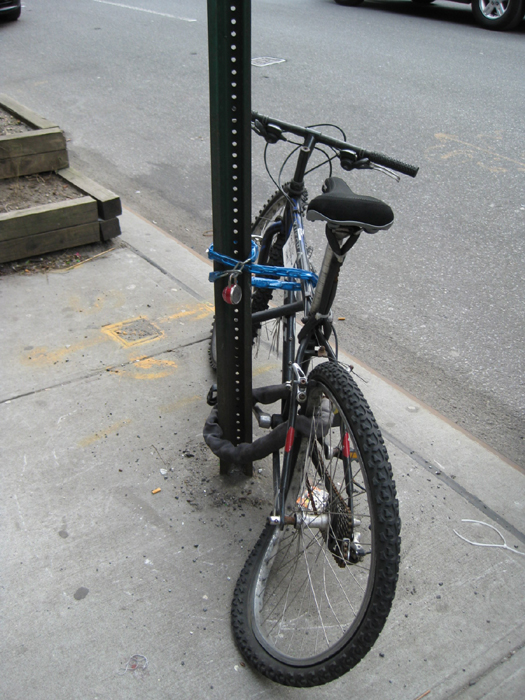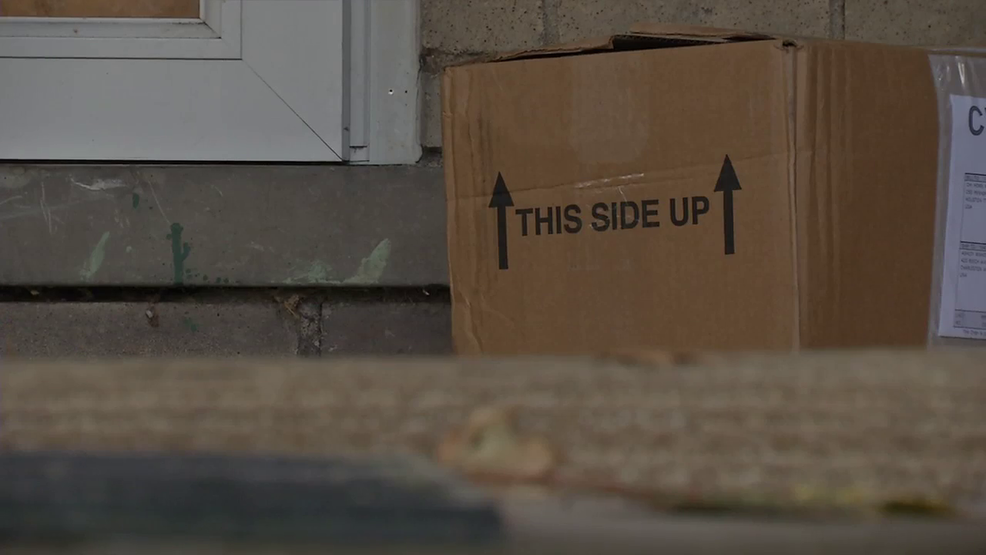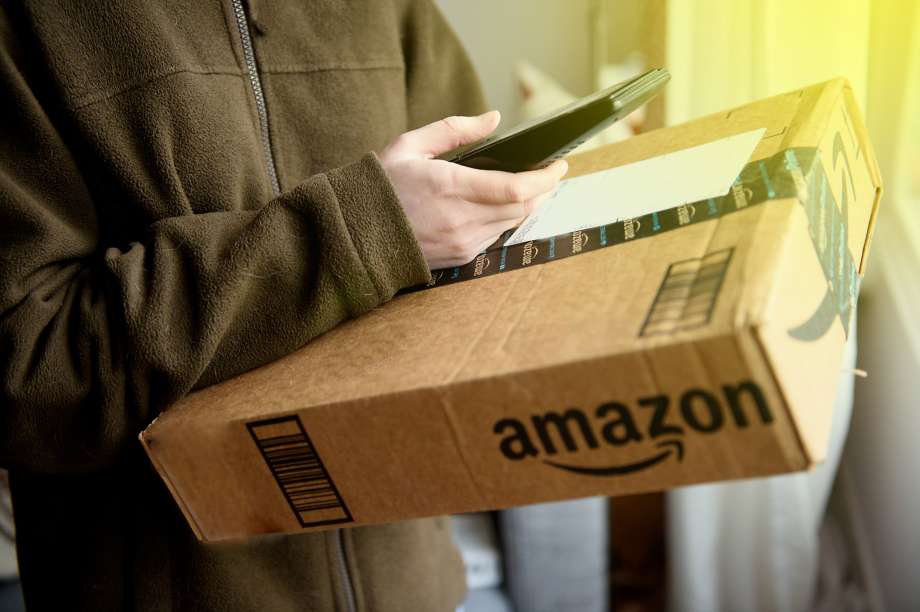Last Updated on February 12, 2025 by Alarm New England
Honeywell has just informed us that their latest wireless outdoor security camera, the IPCAM-WOC1, will become available to customers in early February. Announced in the latter half of 2017, it will be the first of their Total Connect-compatible security cameras that’s designed for outdoor use.
The new camera features:
- Compatibility with Honeywell Total Connect 2.0 and Lyric™ security and home control systems
- Simple set-up with QR code installation and multiple mounting options
- Expansive Cloud Video Storage or Local Storage
- Enhanced Wi-Fi® connectivity and range with 802.11n
- Wide angle views and sharper night vision with up to 1080p resolution
To figure out what distinguishes this device from the two previously-released indoor cameras (WIC1 and WIC2), let’s take a closer look at the specs.
Download our FREE Ultimate Guide to Home Security to get all the information you need about how alarm systems work, what system is right for your needs, and how to secure your home.
Image Sensor: Sony IMX323
Sony released the IMX323 in 2016 and designed this sensor to be both compact and cost-effective, delivering 1080p video at a lower cost than its competitors. One of the strengths of the IMX323 is its effectiveness under low-light conditions, which shows in the WOC1’s ability to see up to 65 feet away in the dark. You can see the difference in these photos below.
(Source)
Field of View: Diagonal View Angle 117°; Horizontal 113°
You might have noticed that diagonal view angle is lower than the WIC1 and WIC2, which have a 135° and 138° view angle, respectively.
In contrast, the WOC1 has a slightly larger horizontal field of view. So while the WOC1 might have a smaller field of vision overall, its horizontal field of view makes it better for what it’s designed to do: watch over driveways or pathways.
Digital Zoom: Up to 10X Digital Zoom
Zoom and enhance all of the details that the WOC1 is capable of picking up with its approximately 2.19M pixels! 10X zoom is significantly greater than any of its predecessors, making the WOC1 better at picking up things like facial features and license plates.
Motion Detection Zones: 4 active motion detection areas

The WOC1 uses the same number of motion detection areas as the WIC2, but this time Honeywell is allowing users to change the sensitivity as needed.
For example, if you want to pick up people and animals on your front porch but not vehicles moving around in the street, you may want to lower the sensitivity and change the settings so that the motion detector only focuses on the zones closest to you.
Operating Temperature and Weatherproofing
The ultimate question: can this camera survive a New England winter? We reckon that with an operating temperature range of 14°F to 131°F, the WOC1 will be fine as long as you don’t try to install it somewhere in Vladivostok.
Something like the record-breaking low temperatures and heavy snow during the polar vortex of 2015 would probably not be good for the camera’s longevity, but we expect the camera to function even if the weather drops below or above Honeywell’s stated minimum and maximum operating temperatures.
As for weatherproofing, the camera is protected by an IP66-rated housing (meaning it can withstand torrential downpours and is totally protected from dust), but the wires that provide power to it are NOT weatherproof (thin wires rarely do well in events like snowstorms), so keep that in mind when setting it up.
Microphone and Audio
Unlike Honeywell’s indoor cameras, the WOC1 doesn’t have a microphone or any audio capabilities. Although some outdoor camera brands do add a microphone, installing such devices puts you at risk of recording people’s conversations without their consent, which is illegal.
Also, a microphone on an outdoor camera would primarily pick up the sounds of cars driving by, doors opening, and footsteps.
If for whatever reason you need your outdoor camera to pick up sound, you should look for an alternative solution.
We believe in providing our customers with the most up-to-date info on cutting-edge security technology so that they can make more informed decisions. Want to add a WOC1 camera to your Alarm New England-monitored system?
Customize your security system using our free tool in the link below and we’ll get you a quote within one business day.

